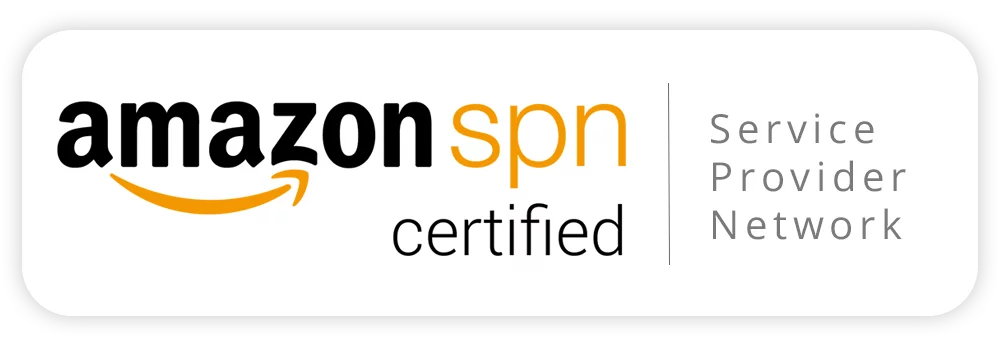Table of Contents
- Introduction
- What is Website Speed Optimization?
- Why does speed matter for SEO?
- How search engines measure website speed?
- Key factors that affect website speed
- Benefits of faster websites
- Impact of slow websites on user behavior
- How to improve website speed?
- Common mistakes to avoid
- Role of agencies and professionals
- Conclusion
- FAQs
Introduction
Website speed is no longer a choice but a necessity. Slow websites have the ability to decrease visibility and repel visitors in the current competitive internet space. Page speed is also a significant ranking factor according to search engines. When a website is fast, users stay longer, interact more, and bounce less. The positive experience leads to better SEO performance and overall credibility.
However, a fast website also facilitates greater conversions, as users take actions like purchases or sign-ups without delay. The majority of businesses witness greater traffic and better outcomes after speed optimization. In short, speed optimization is not an option anymore—it’s a part of success online.
What is Website Speed Optimization?
Site speed optimization is the action of optimizing a website to load in a timely manner. It involves reducing file size, server response optimization, coding, and seamless rendering on any device. The aim is to generate pages that open quickly even on slow networks.
Furthermore, it is not all about technical implementation. A fast website means less frustrated visitors and more satisfied customers. Business organizations prefer to take suggestions from the top SEO company in Indore to align technical solutions with marketing strategy as a whole.
Why does speed matter for SEO?
Search engines prefer humans to access information quickly. A slow website creates a negative impression and has users exiting before the page even loads. It raises bounce rates and decreases user engagement. Google now views site speed as a significant rank signal for desktop and mobile search.
Moreover , fast websites are ranked better in search engines. It can advance rankings and boost conversions even by one second. A fast website makes people happy, holds them longer, and motivates them to convert. Speed is not only a technical aspect—it is impacting business growth directly.
How search engines measure website speed?
Search engines test with real-world and simulated data. Metrics are:
- Largest Contentful Paint (LCP): Time to render main content.
- First Input Delay (FID): Time to when the page is responding to input.
- Cumulative Layout Shift (CLS): How steady the layout is while it’s loading.
These are Google’s Core Web Vitals. Therefore, those sites that don’t meet these standards risk losing organic traffic. Businesses usually get a web development company in Indore to scan for these parameters and implement changes according to SEO goals.
Key factors that affect website speed
There are numerous factors contributing to a slow website:
- Large images that are uncompressed.
- Excessive plugins or scripts in the background.
- Slow response times of the hosting servers.
- Uncompressed CSS and JavaScript files.
- No browser caching of locally stored static resources.
Solving these issues requires strategic as well as technical know-how.
Benefits of faster websites
An optimized site produces some key benefits:
- Improved user experience- Visitors stay longer and look at more pages.
- Better conversion rates– Simplified checkout or sign-up boosts sales.
- Better search engine rankings– Google rewards performance-oriented websites.
- Lower bounce rates– Pages load prior to users dismissing them.
- Mobile-responsive performance– Speed is even more critical for mobile users.
However, these benefits accumulate over time, and therefore speed is a necessary investment.
Impact of slow websites on user behavior
A slow website damages your brand reputation. Let’s look at the impacts:
- Users leave when a page loads in more than 3 seconds.
- Higher bounce rate lowers rankings.
- Lower time on site reduces engagement.
Rapid Facts
- A 1-second delay can reduce conversions by 7%.
- 40% of visitors abandon slow-loading sites that load in more than 3 seconds.
How to improve website speed?
Speed optimization takes manual steps:
- Use a content delivery network (CDN) to distribute resources globally.
- Compress images with emerging formats like WebP.
- Minify CSS, HTML, and JavaScript to reduce file weight.
- Cache returning visitors with browser caching.
- Upgrade the hosting for consistent server response.
- Utilize lazy loading so images load only when needed.
- Performance should be monitored on a regular basis via tools like Google PageSpeed Insights.
Moreover, working with experts, such as a good SEO agency in Indore, enables businesses to execute these activities step by step and not patchwork.
Common mistakes to avoid
Despite optimization, there are some errors that render websites slow:
- Having too many high-definition videos on the home page.
- Choosing heavy themes or templates with too many features.
- Not conducting mobile speed tests but desktop tests only.
- Not updating plugins or CMS from time to time.
- Overlooking third-party scripts such as ad trackers that delay loading.
Therefore, understanding these pitfalls promises long-term performance triumph.
Role of agencies and professionals
Speed optimization is not solely a matter of adjusting settings. It can demand extremely technical knowledge. Companies often hire a web development company in Indore to re-design the website architecture and optimize it according to SEO needs.
Furthermore, agencies ensure all Core Web Vitals are met and provide periodic maintenance to prevent speed degradation over time. Specialists wed coding expertise with marketing acumen, integrating optimization into an overarching digital plan.
Conclusion
Website speed optimization is no longer a choice—this is a necessity. A quick web page boosts your search engine ranking, offers users a great experience, and drives more conversion. Slow web pages frustrate users and redirect them to their competitors. By eliminating the performance killers like excessive files or sub-standard hosting, companies can stay in sync with Google’s latest SEO requirements.
Additionally, taking early action avoids potential issues in the future and keeps your website running smoothly. When speed is paramount rather than an afterthought, it affirms your online presence and puts you ahead of the game in a competitive market. Finally, optimize the website’s speed and ensure long-term success.
FAQs
- How quickly should my site load for SEO?
Under three seconds is your target. Sites that are faster rank better in search and hold users’ attention longer. - Which tool measures website speed effectively?
Google PageSpeed Insights, GTmetrix, and Lighthouse are good choices for testing website performance and discovering issues. - Does mobile speed need to be considered as much as desktop?
Yes, Google employs mobile-first indexing. A slow mobile site hurts rankings and user experience as well. - Can professional agencies enhance speed in the long run?
Yes, agencies correct fundamental problems, implement monitoring procedures, and keep your site optimized in the long term.





